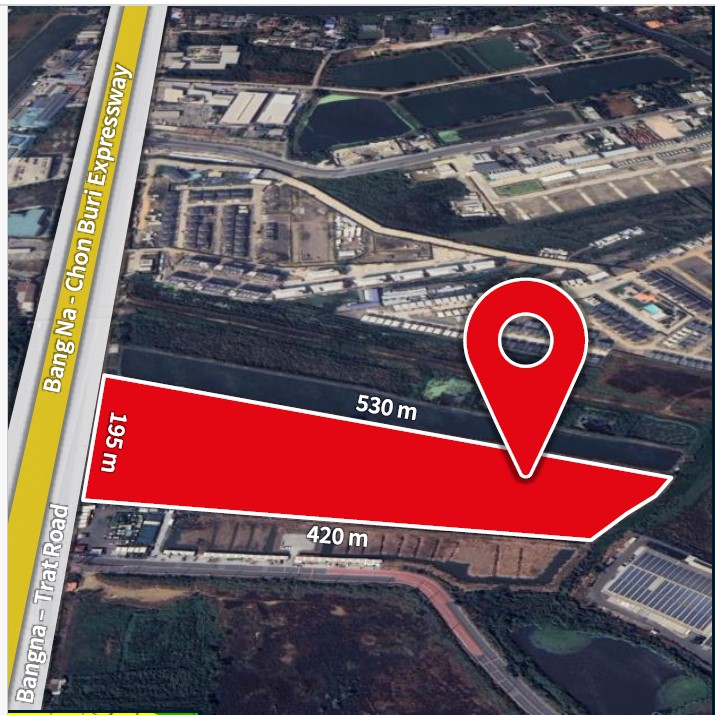The life sciences hotspot on investors’ radar
China's life sciences sector is the hottest in APAC, with investors lured by its robust policy support and vast market potential.
Life sciences deal activity in China has eclipsed investment in all other markets across the Asia Pacific (APAC) region, a sign of confidence in government policies supporting the sector and the market’s untapped opportunities.
Transactions in APAC during the first nine months of 2023 surpassed full-year volumes in 2022, with China dominating deal activity, JLL data shows.
Notable among these deals was Simcere Pharmaceutical’s RMB850 million ($120 million) sale-and-leaseback of the Zhangjiang Medical Valley Life Sciences Industrial Park to Concora, a subsidiary of Ascent Investment Group's biomedical industrial park business.
“Investors are increasingly targeting sale-leasebacks by life sciences companies looking to recycle capital to focus on their core research and development (R&D) business,” says Susan Ding, Director, Research, China, JLL. “In this approach, the buyer operates and manages the business park which houses R&D labs and office spaces, while the seller becomes the anchor tenant securing the occupancy rate and providing stable rental income.”
The government's years-long planning and policymaking efforts have played a crucial role in the success of these clusters, both at the country and state level.
Take the Healthy China 2030 blueprint, which was launched in 2016 to improve healthcare services and financial coverage through reformed legislation and institutional reorganisation.
In its latest five-year development plan, Shanghai is also prioritising the growth of its biopharmaceutical market to achieve RMB1 trillion ($141 billion) by the end of 2025, up from RMB600 billion ($85 billion) in 2020.
Ripe for investment
To be sure, recovery in leasing and investment activity in China’s life sciences sector remains significantly below the peak levels observed during the pandemic. But a major development fuelling investor optimism is the slew of impending drug patent expirations, an enticing opportunity for those seeking to enter the sector.
Looking for more insights? Never miss an update.
The latest news, insights and opportunities from global commercial real estate markets straight to your inbox.
“With many branded drug patents approaching patent expiry in the next few years, Chinese pharmaceutical companies and contract development manufacturing organisations (CDMOs) are likely to capitalise on this opportunity through the production of generic medicines,” says Colin Bridge, Director, Industries Research, Asia Pacific, JLL.
“They’ll be looking to leverage their extensive manufacturing capabilities and strong innovation ecosystem to create these drugs as soon as possible and release them to the market,” he says.
Against other life sciences manufacturing powerhouses like Hyderabad and Bangalore, Shanghai has the added advantage of a sizeable life sciences talent pool.
The presence of leading life science clusters hosting a range of multinational companies and a vibrant start-up community is an attractive proposition for those looking to pursue a career in the industry.
Government policies and incentives, specifically designed to lure life science professionals, are also making inroads into reversing the ‘brain drain’ phenomenon by attracting top talent abroad back to China, Bridge adds.
“Most public hospitals in China are affiliated to the top universities, which produce a steady stream of life sciences talent,” Ding says.
Investment Opportunities
For the universities, close collaboration with the hospitals provides the professors and professionals with a direct resource for conducting clinical trials of new patents and drugs. “This collaboration allows for the effective translation of research findings into practical applications, benefitting both academia and the healthcare industry,” says Ding.
Another major draw for life sciences investors has been the fast-developing market for China’s real estate investment trusts (C-REITs), which primarily include underlying assets including industrial parks, warehouses, and rental housing.
“C-REITs provide an alternative avenue for investors looking to divest stabilised assets to raise capital,” says Ding.
First launched in 2021, the broadening C-REIT scheme now offers life sciences investors a new exit strategy to sell their business park assets on public markets.
In November, China’s securities regulator further expanded the range of sectors with its approval of new C-REITs covering retail properties.
Untapped opportunities
While there has been a gradual recovery in investment activity this year, the overall decrease in life sciences funding over the past two years, primarily influenced by interest rate hikes, has dampened leasing activity in the asset class.
Despite this slump, approximately 9 million square metres of land has been allocated for the development of life sciences stock in Shanghai alone by 2025.
This could potentially lead to an oversupply scenario, Ding warns, unless funding rebounds swiftly.
However, concerns remain premature as new opportunities emerge.
“For instance, the trend of technology companies venturing into life sciences in areas such as AI-driven drug discovery could present new opportunities,” says Ding.
“In the near term, investors, especially insurance companies and financial institutions, continue to be attracted by the stable performance of life sciences real estate in terms of rent and cash flow.”
Contact Colin Bridge
Director, Industries Research, Asia Pacific, JLLWhat’s your investment ambition?
Uncover opportunities and capital sources all over the world and discover how we can help you achieve your investment goals.




